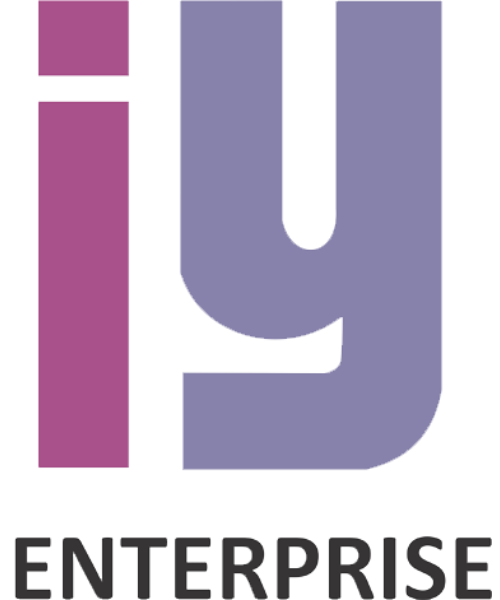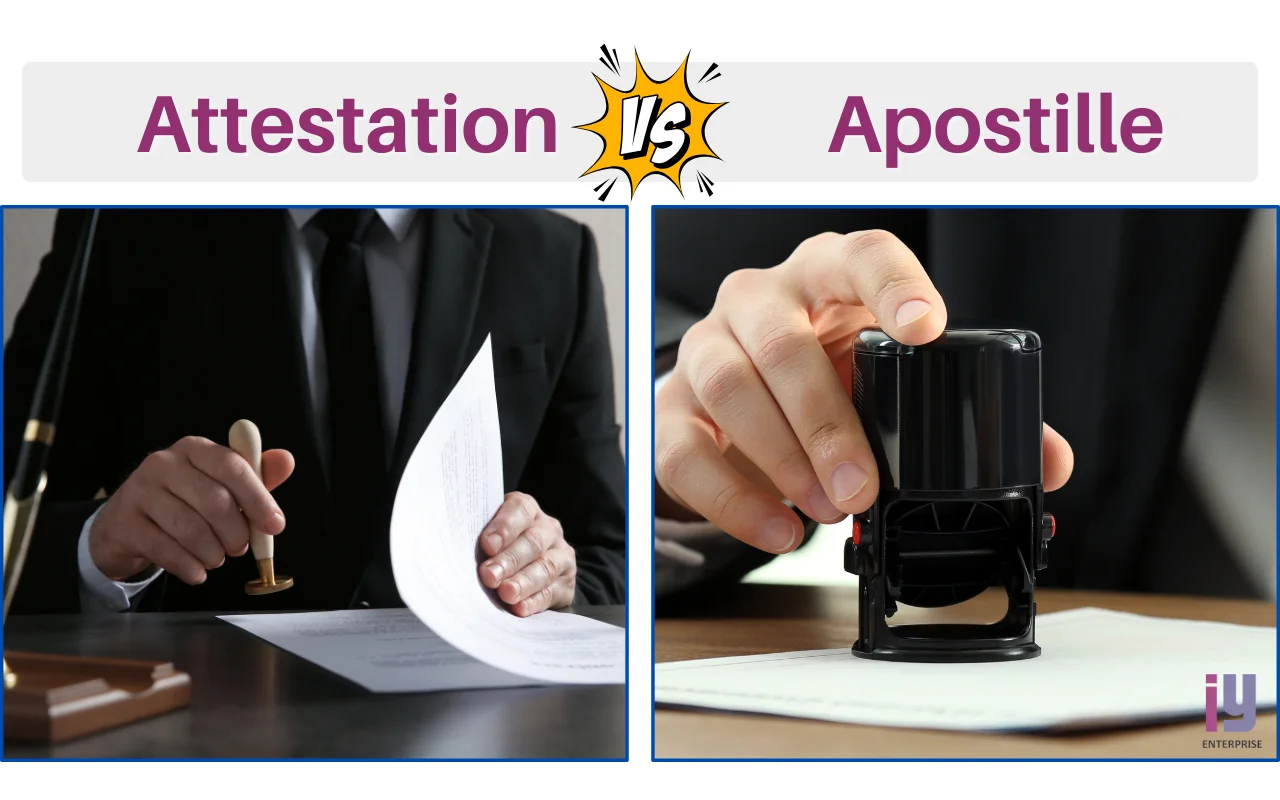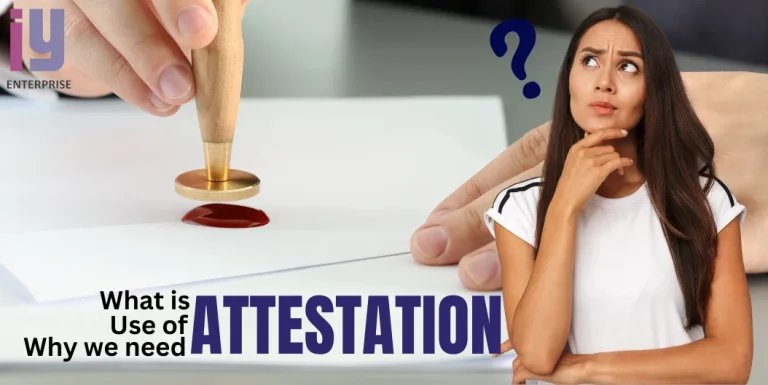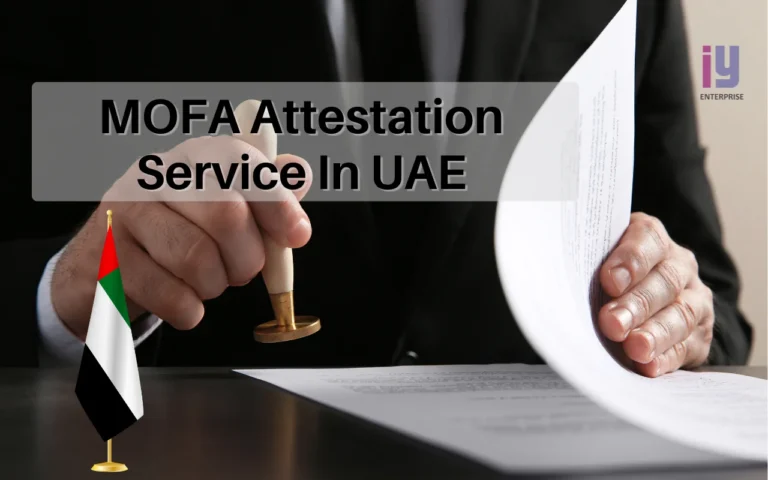Apostille vs. Attestation
Apostille vs. Attestation: Understanding the Differences and Choosing the Right Path for Your Documents
Embarking on the journey of international document validation can be perplexing, particularly when faced with the choice between apostille and attestation. In this comprehensive guide, we will unravel the intricacies of apostille vs. attestation, providing you with the knowledge needed to make informed decisions regarding the authentication of your important documents.
Understanding Apostille vs. Attestation:
Apostille and attestation are both methods of authenticating documents for international use, but they differ in terms of process, recognition, and the countries they apply to. Let’s delve into the distinctions to help you determine the most suitable path for your specific needs.
Apostille: Apostille is a simplified form of document authentication recognized by countries that are part of the Hague Convention. It involves a standardized certificate affixed to the document by a competent authority, confirming its authenticity. This streamlined process is generally accepted by Hague Convention member countries without the need for further embassy attestation.
Attestation: Attestation is a broader term that encompasses the process of document authentication for countries that are not part of the Hague Convention. In this case, the document goes through a series of validations, including notary public attestation, home department attestation, and embassy attestation. The attestation process is more intricate and requires multiple levels of verification.
Conclusion:
Navigating the complexities of apostille vs. attestation is vital for ensuring the seamless acceptance of your documents internationally. By understanding the differences and recognizing the specific needs of your destination country, you can confidently choose the right path for authenticating your important documents. Remember, whether it’s apostille or attestation, the goal is to enhance the global recognition of your documents and facilitate a smooth transition across borders.







